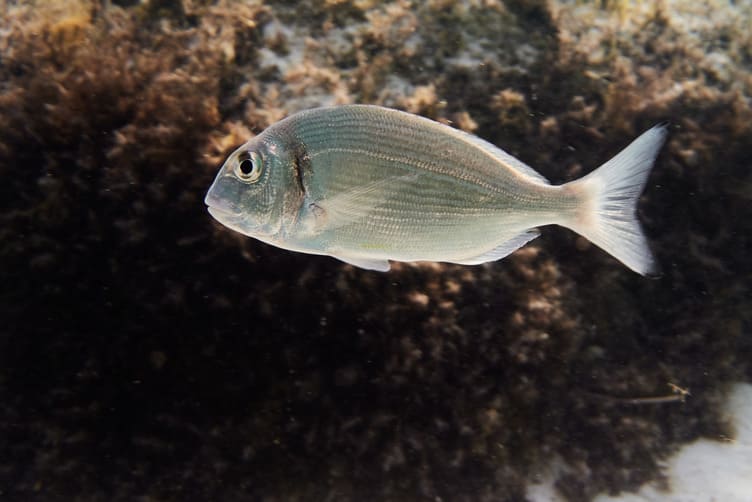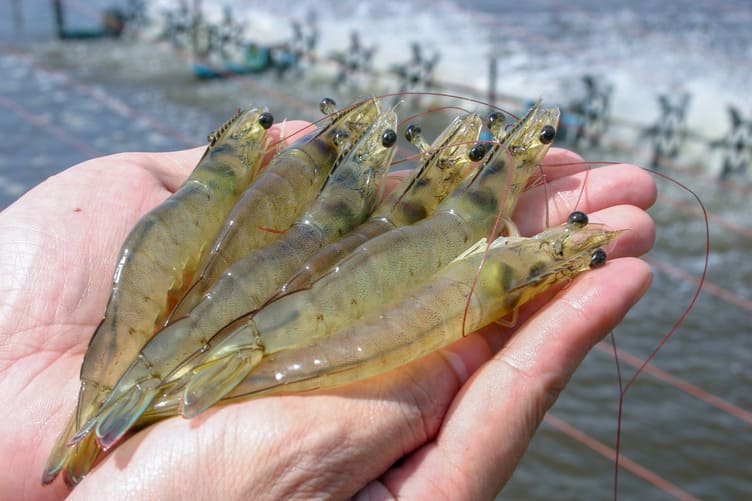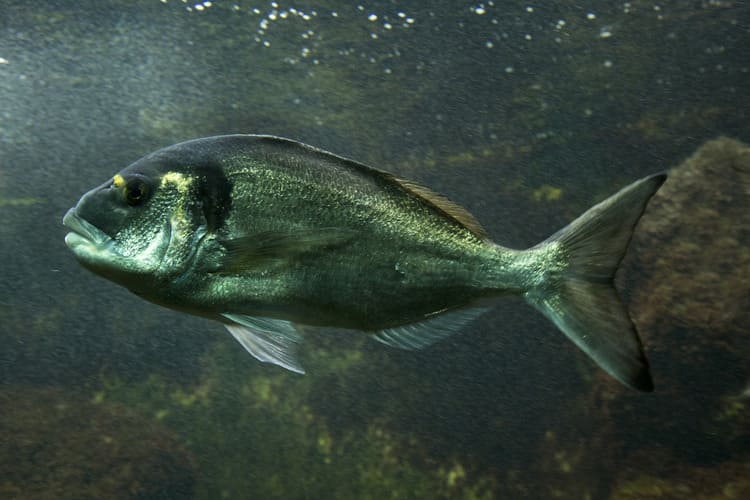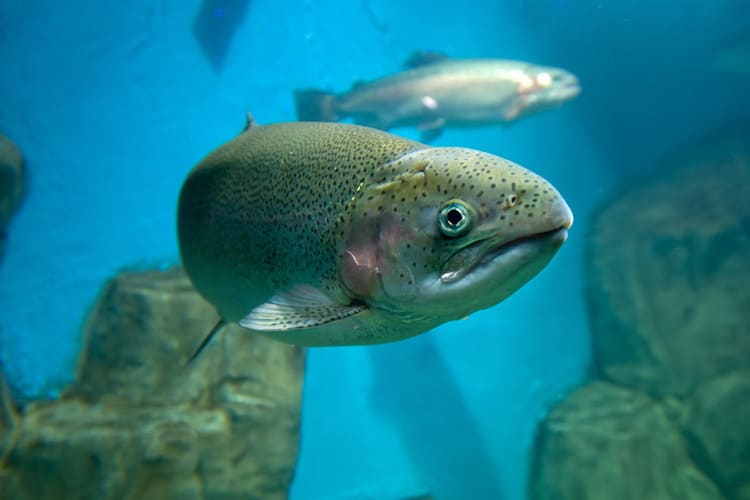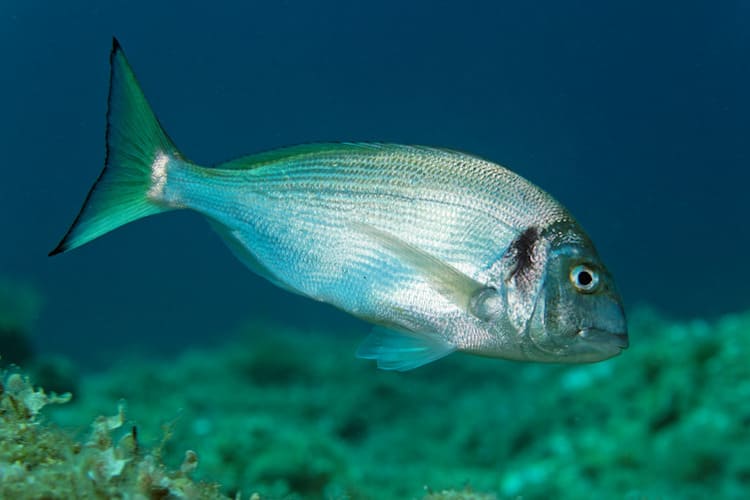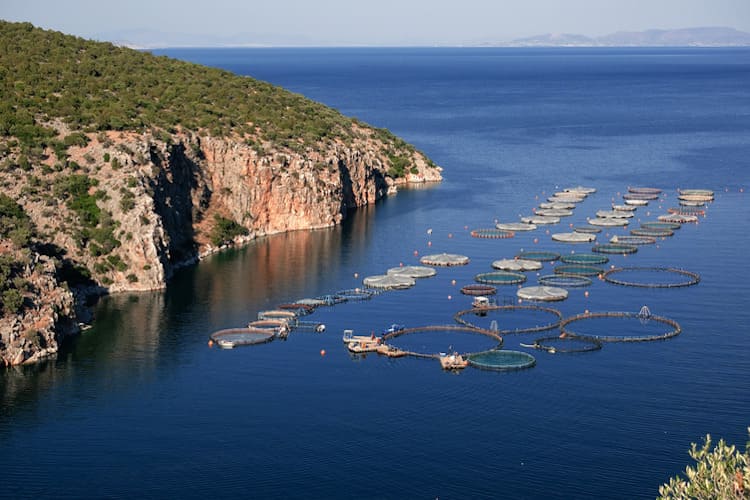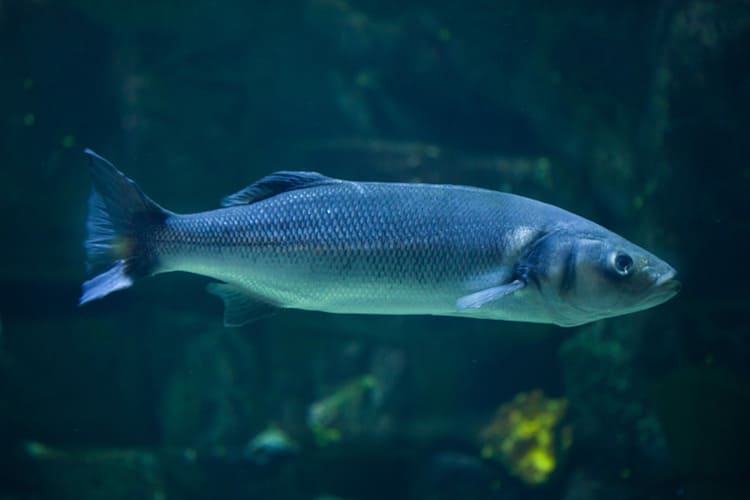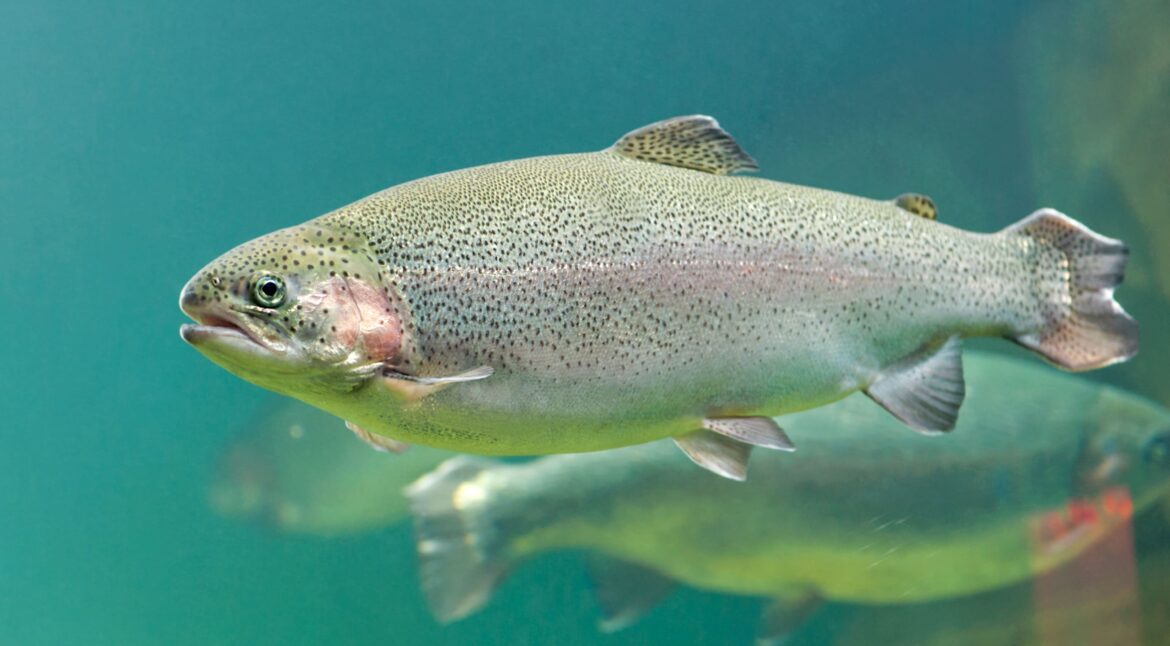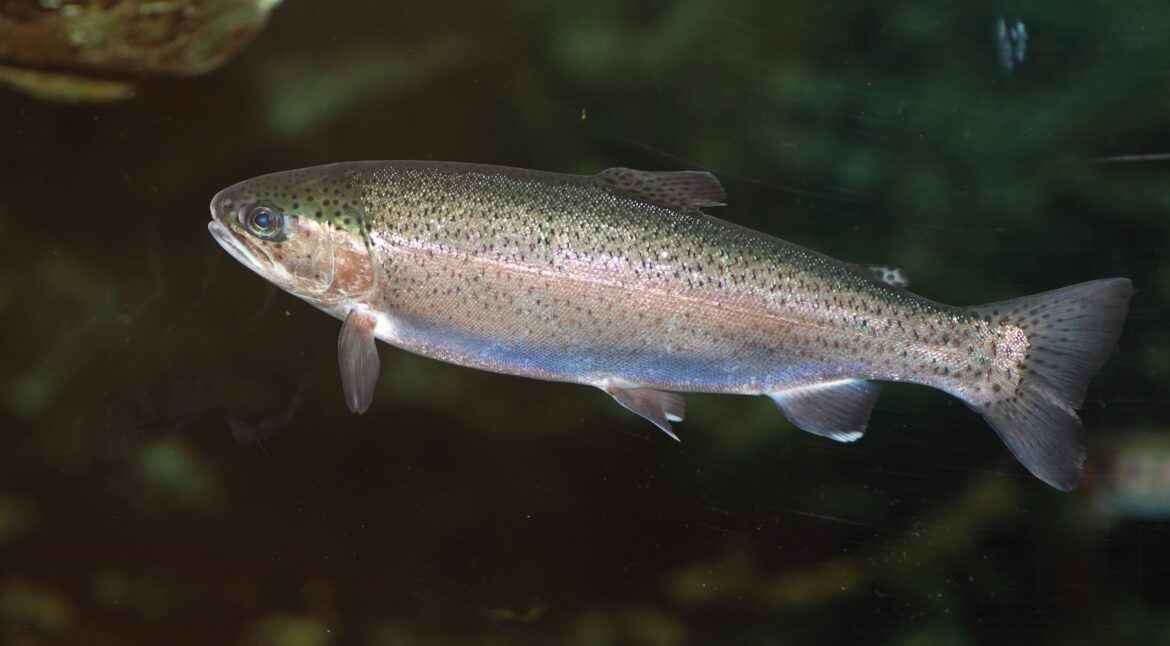Pacific whiteleg shrimp is the topmost aquacultured species produced in the world. However, shrimp feeding behavior results in unnecessary expenditures, as some of the feed offered is not entirely consumed. Nowadays, aquaculture has become more accepting of using animal by-products such as poultry meal as a protein source to replace…
Reductions in fish oil content in aquafeeds can generate physiological and immunological disorders in farmed fish, associated to low dietary levels of n-3 long chain polyunsaturated fatty acids (n-3 LC-PUFAs) and increased levels of n-6 PUFAs. Based on mammalian literature, spices could potentially counteract some of these negative effects. To…
The regulation of feed intake in fish is dependent upon different neuroendocrine and metabolic mechanisms including amino acid sensing in the gastrointestinal tract (GIT). However, there is little information regarding the impact of diets on such mechanisms. Therefore, in this study, we fed rainbow trout (Oncorhynchus mykiss) with 3 diets:…
This work studied the potential of a combination of pungent spices (capsicum, black pepper, ginger, and cinnamaldehyde) to be used as a supplement in diets of gilthead seabream (Sparus aurata; 44.1 ± 4.2 g). During 90 days, fish were fed three experimental diets with low inclusion of fish oil and…
Dietary supplementation with tributyrin (TBT), a source of butyric acid, has been shown to improve growth performance and health status when high levels of plant ingredients are included in aquafeeds. Here, we investigated the response of rainbow trout (Oncorhynchus mykiss) to a plant-based diet supplemented with TBT aiming to improve…
High dietary SBM content is known to induce important physiological alterations, hampering its use as a major FM alternative. Rainbow trout (Oncorhynchus mykiss) juveniles were fed two experimental diets during 9 weeks: (i) a FM diet containing 12% FM; and (ii) a vegetable meal (VM) diet totally devoid of FM…
Using rainbow trout (Oncorhynchus mykiss) as a model, we aimed to obtain information about the gastrointestinal tract (GIT) amino acid sensing capacity and hormone production along regions of the GIT, in response to proline (Pro), to a solution of free amino acids (FAA) mimicking the composition of a fishmeal (FM)…

